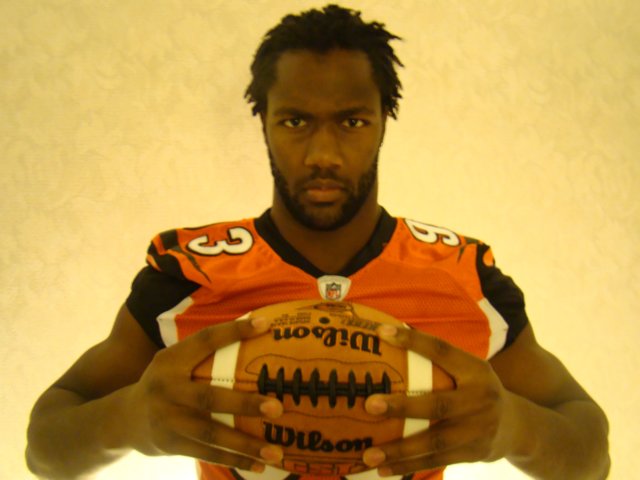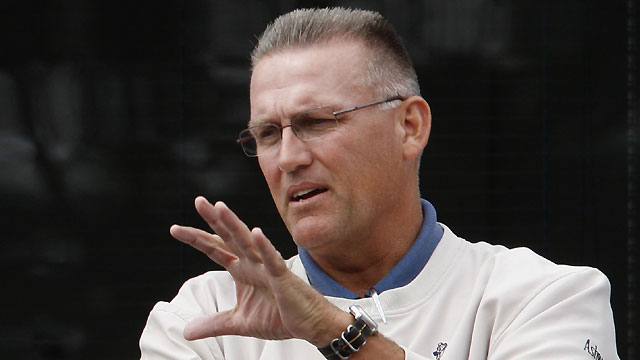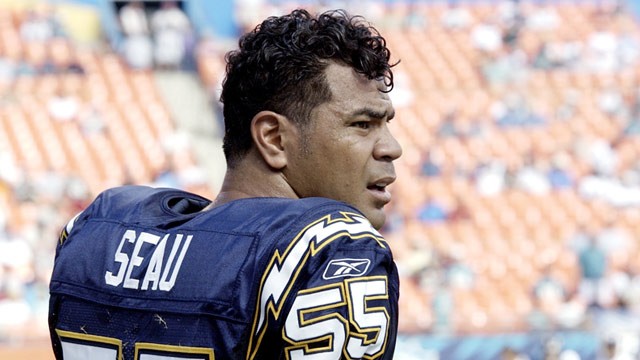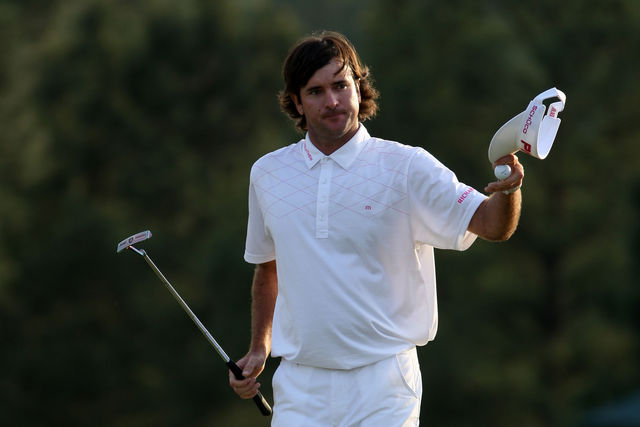
My recent conversation with fourth-year NFL veteran Michael “MJ” Johnson left me impressed with this young athlete’s self-driven acumen that has helped him on his way to greatness on and off the field. The Cincinnati Bengals defensive end candidly expressed his desire to share his resources and his wisdom to youth across the country and in his own hometown. He credits his mother and father as the cornerstones of his youth development, and into adulthood. The lessons they taught him have helped shape who he is and what he has and will accomplish in life.
Michael recalls his journey from youth sports to the NFL and credits his diligence and a strong work ethic for enabling him to overcome the challenges he has encountered along the way. The lessons he learned along the way have given birth to an explosive message that infuses youths with motivation to focus on their education first.
Michael’s strong presence on and off the field will surely make an impact on anyone who is fortunate enough to cross his path.
Journey to the NFL
Michelle: How and where did you grow up, and how much was football a part of your upbringing?
Michael: I’m from Selma, Alabama. It’s a small town in south central Alabama… about an hour away from Montgomery and an hour and a half from Meridian, Mississippi in the ‘black belt’. Football is very big in Alabama, as it is across the south. I started playing when I was 10 and fell in love with it from the first game. I broke my arm the first game, but it’s just in me.
Michelle: Who would you say is the most influential person that helped shape you as a man and why?
Michael: My dad, just because of the way he always conducts himself and takes care of business. He’s the type who would play and just have a good time. He’s always very friendly and outgoing (he’s way more outgoing than even me). But when it was time to go to work, he went to work. It was always work first and play second. He was able to balance that and he taught me [that] being a man consists of taking care of yourself, taking care of your family and the people around you by elevating others. He’d give you the shirt off his back.
Michelle: What a great influence. So you got your work ethic primarily from him?
Michael: Yes Ma’am. And my mom as well. She played the mother role. She did the nurturing and caring. She was the same way, always working hard at whatever it was she was doing. She was very service minded, service oriented. She had a little herb shop where she made dolls and sold herbs. Just watching her work, putting in those hours, the detail she put into making those dolls, and the customer service she provided people after hours as well. It was all that little extra stuff that taught me a lot.
Michelle: That’s beautiful. I’m sure you have an idea of what a lucky man you are.
Michael: Very. Very.
Michelle: I really like to hear that. Can you tell me three things you’ve practiced to bring football success into your life?
Michael: Number one, whatever I do I always try to be very detail-oriented in my work ethic and my approach to things. If the coach said, do this or do that, I always tried my best to do everything I was asked to do, whether it was in the weight room, in the classroom, or on the field. I’ve always been a team first kind of guy and put the good of the team first. That’s one thing.
Another thing is that I always tried to be the first one in and the last one out in whatever I was doing. I would try to get there early to get a head start, and if I had to stay there until nobody else was there, I’d do that too. I’d just do little stuff; whether it was making corrections, watching tapes, working out, or whatever.
The last thing is that I always try to take care of my body, eat right, put the right things in. That’s been a learning experience over the years and I’ve got a lot better with it. I always try to educate myself on health and nutrition to get the most out of my body.
Michelle: What tribulations and challenges have you been through that have made you into the person you are today?
Michael: Well, the first one is when I was in the 5th grade, and I was cut from the basketball team and they put me back on just to be on the practice team. That really drove me.
Michelle: You were thinking, “I’m not staying on that practice team.”
Michael: Yeah. It really drove me and by the time I got to 10th grade, I was better than all those guys in basketball. And I was being recruited for basketball, even before football because I was tall. I remember it like it was yesterday. So what do I need to do? I need to go to work. And that’s a message I’ve taken with me. Even to this day, it’s not about how you start, it’s about how you finish. That’s the mentality I’ve taken day-in and day-out. I’m just going to keep my head down and keep working.
I’ve had to fight through injuries and battle back from some pretty tough surgeries in college. And it was tough not knowing if you’re going to come back the same for your teammates; they’re your brothers. I’ve only missed two games in my whole time playing football. But I’ve been very blessed to have that.
Philanthropy
Michelle: Tell me about some of your off-field efforts, such as the MJ93 Fund, Gen-1, “Binit2Winit”, and “A Fresh Start from MJ’s Heart.”
Michael: MJ93 Fund is the foundation my mom suggested I start because I was doing so much stuff on my own. And how I am, if I can do it, I’m going to do it.
“Binit2Winit” is a program with Sunny-D up here in Cincinnati that encourages people to recycle and stresses the importance of recycling. There’s been a big push in this area about ‘going green’.
The Gen-1 program is with the University of Cincinnati with first generation college students. Both my parents were first generation college students and they grew up in the rural south—rural Alabama—and they made it. That’s a big, big accomplishment to be the first person in your family to go to college. So I’m a big supporter of that program here at UC, University of Cincinnati.
“A Fresh Start from MJ’s Heart” was something I did in my home town. It was getting shirts for elementary school kids, so when they go on field trips they look uniform and [it] helps teachers and parents to keep up with the kids. The shirts have their school name on it, my logo, and it shows support for the Bengal’s team.


.jpg)






